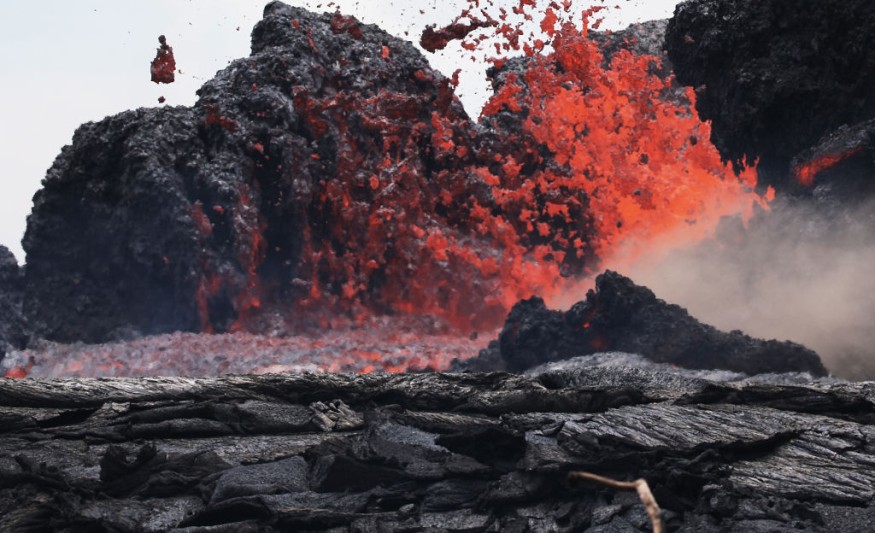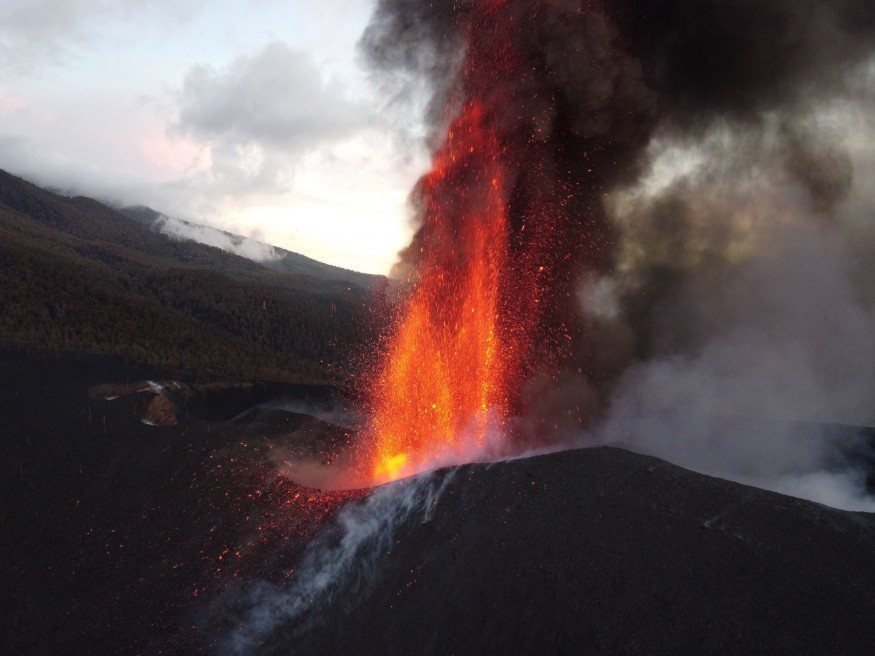According to experts, an additional force likely contributed to an enormous extinction catastrophe 250 million years ago.
Its minerals research in southern China suggests that volcanic eruptions caused a "volcanic winter" that severely reduced Earth's temperatures. This development compounded the climatic consequences of other events at the period.

The study, published in Science Advances, looked at the end-Permian mass extinction (EPME), the most catastrophic extinction event in the previous 500 million years, wiping out 80 to 90% of land and sea species.
"We're finding that the end-Permian global environmental disaster may have had multiple causes among marine and non-marine species as we look closer at the geologic record at the time of the great extinction," says Michael Rampino, a professor in the Department of Biology at New York University and one of the paper's authors.
Related Article : What Happened During the Earth's Very First Mass Extinction?
"Other" Factors
Other factors that may have contributed to the end of the Permian Period, which lasted 300 million to 250 million years ago, were considered by the team for the Science Advances work, which included scientists from China's Nanjing University and Guangzhou Institute of Geochemistry, as well as the Smithsonian Institution's National Museum of Natural History and Montclair State University.
They discovered mineral and associated deposits on land in the south China region, including copper and mercury, dated to the end of the Permian mass extinction in non-marine locations.
Abnormalities distinguished these deposits in their composition, presumably caused by sulfur-rich emissions from adjacent volcanic eruptions; layers of volcanic ash also covered them.
"Sulfuric acid air aerosols created by the eruptions might have caused quick global cooling of several degrees before the catastrophic warming recorded over the end-Permian mass-extinction timeframe," Rampino argues.
Siberian Traps Eruptions
The findings revealed that the Siberian Traps eruptions were not the only cause of the end-Permian mass extinction. The eruptions' environmental consequences in South China and elsewhere may have played a significant part in destroying dozens of species.
Volcanic Winter

After a massive, particularly explosive volcanic eruption, a volcanic winter occurs when volcanic ash and droplets of sulfuric acid and water obscure the Sun, enhancing Earth's albedo (increasing the reflection of solar radiation) and lowering global temperatures. Long-term cooling relies primarily on the injection of sulfur gases into the stratosphere, where they undergo a sequence of processes to produce sulfuric acid, which can nucleate and form aerosols.
Volcanic stratospheric aerosols reflect solar radiation and absorb terrestrial radiation, cooling the surface and warming the stratosphere. Changes in tropospheric and stratospheric circulation come from differences in atmospheric warming and cooling.
How can this theory affect us?

Some experts relate the population bottleneck - a severe decline in a species' population followed by a time of substantial genetic diversity (differentiation) among survivors - to volcanic winters. Such occurrences may reduce populations to "low enough levels for evolutionary changes to occur much quicker in small populations, resulting in rapid community divergence."
Many species revealed huge impacts of gene pool narrowing due to the Lake Toba bottleneck, and Toba may have decreased the human population to between 40,000 and 15,000 people or even fewer.
For more prehistoric news, don't forget to follow Nature World News!
© 2025 NatureWorldNews.com All rights reserved. Do not reproduce without permission.





